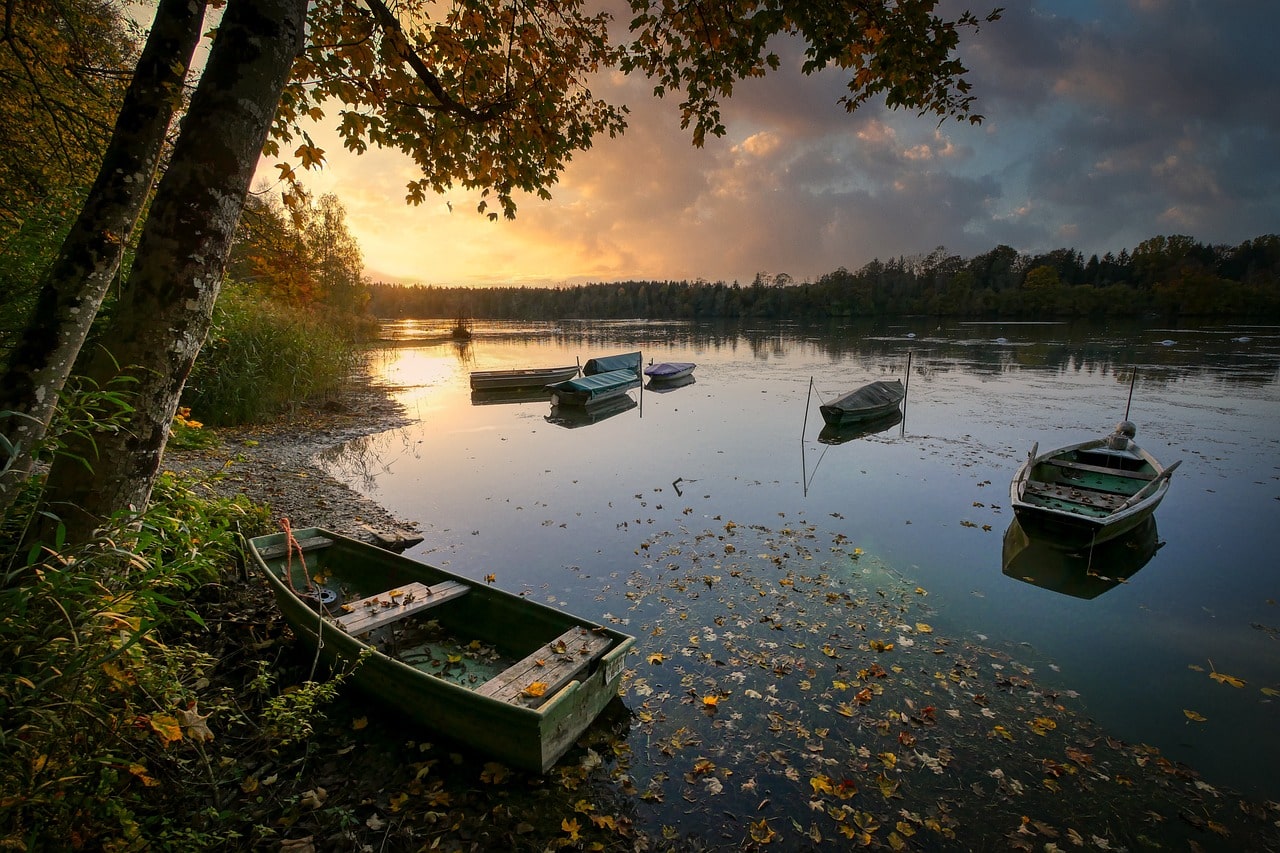In the heart of Florida’s Panhandle East region lies the remarkable Lake Jackson, a 4,500-acre gem famed for its trophy largemouth bass. Anglers from the South flock to this lake, drawn by its promise of plentiful catches. Yet, what truly sets Lake Jackson apart is its mysterious habit of ‘disappearing’ roughly every 25 years. This peculiar phenomenon occurs due to two sinkholes on its sandy bottom that serve as natural drainage outlets. When the conditions align, the lake’s waters drain swiftly into these sinkholes, often overnight. This cycle has likely happened for centuries, with the earliest recorded instance in 1848.
Despite its periodic vanishing act, Lake Jackson remains a beloved spot for water sports enthusiasts and nature lovers between these dry spells. Ten public boat launches provide easy access to the lake, and the growing number of homes along its shores adds to the activity on the water. Popular activities include water skiing, jet skiing, sailing, canoeing, and kayaking. Apart from bass, the lake is home to other fish species like black bass and bream. Just 10 miles north of Tallahassee, Lake Jackson offers a tranquil escape for city dwellers.
Along the southwest shore, the Lake Jackson Mounds Archaeological State Park features large temple mounds from a Native American culture dating back to around 1200 AD. The park offers hiking and nature trails, interpretive signage, picnic areas, and wildlife viewing. Elinor Klapp-Phipps Park spans 670 acres on the eastern shore and provides trails for hiking, horseback riding, off-road biking, and more wildlife viewing opportunities. Adjacent to it, Alfred B. Maclay Gardens State Park adds more trails, gardens, interpretive exhibits, picnic spots, and fishing on two smaller lakes. The lake’s marshy wetlands are a haven for various native birds and amphibians, including snowy egrets, least terns, wood storks, bald eagles, and American alligators.
The lake’s self-draining nature is tied to the underground aquifer levels and sediment buildup over the sinkholes. When the aquifer is full, sediments cover the sinkholes, allowing the lake to fill. The groundwater levels drop during prolonged droughts, causing the sediments to cave in. In recent years, development and sedimentation led to water quality degradation. Cleanup efforts in 1999, which included temporary dams, dredging, stormwater retention ponds, and constructed marshes, helped restore the lake. The Northwest Florida Water Management District led a significant cleanup when the lake drained almost completely. This initiative removed polluted sediments and cleared the lake bottom, restoring the lake’s health.
The Lake Jackson Ecopassage Alliance was formed to safeguard wildlife during mass migration events when animals attempt to cross US 27. A trench was constructed to provide safe passage between Lake Jackson and Little Lake Jackson, preventing wildlife casualties on the busy road. While no camping or lodging facilities are directly on the lake, nearby highways offer various accommodations. With Tallahassee only 10 miles away, visitors can easily find lodging and dining options. Lake Jackson’s unique features and serene environment make it a fascinating destination.

